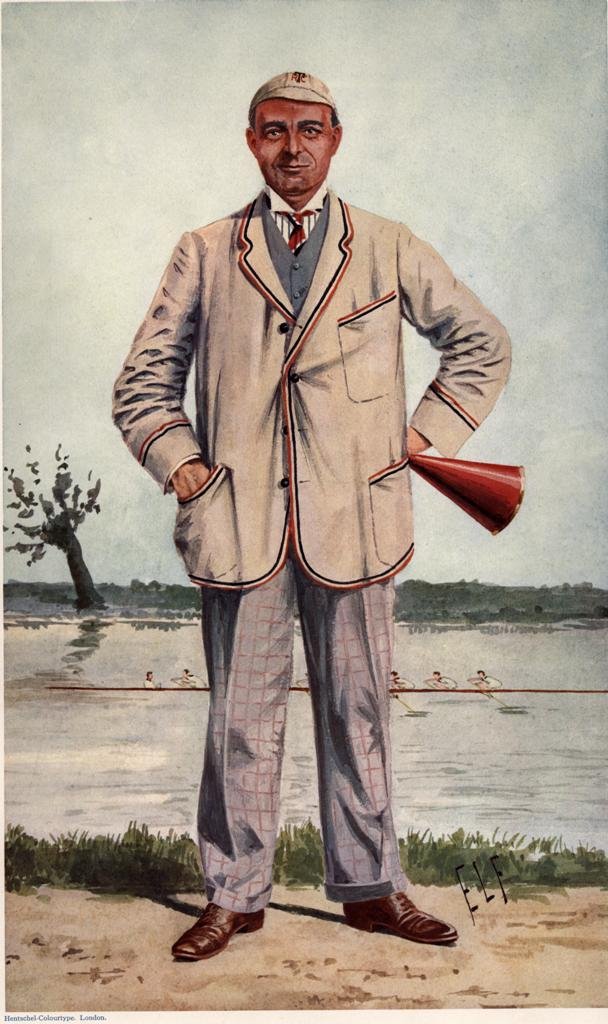The Winter Aconite
The history of Winter Aconite, why they’re called Choirboys, and how it was confused with one of the most deadly plants known.
Eranthis hyemalis, March 6th
Hercules Capturing Cerberus from The Labors of Hercules, print, Sebald Beham, 1545
And from the spittle of Cerberus, three headed mongrel of Hades, whose blood runs thick with poison and teeth gnash with hate, comes the Aconite.
To be clear, this flower is not Aconite. The plant pictured here, Eranthis hyemalis (or Winter Aconite), is no fun to eat, but not very likely to kill you. Aconitum variegatum, or true Aconite, however, certainly could. According to legend, aconite first grew from the toxic droolings of Cerberus, the hell hound, and has ever since been a tool for treachery. Medea used the plant in a failed assassination attempt on Theseus. The witches of Thessaly employed aconite as a hallucinogen. Pope Clement VII is said to have intentionally poisoned prisoners with aconite laced marzipan to test the effects of an antidote. It is one of the most deadly of woodland flora. Aconite contains, appropriately, aconitine, a cardio-toxic and neurotoxic alkaloid which can lead to ventricular arrhythmias, and in severe cases, death. All members of the Ranunculaceae family, like Eranthis and Aconitum, are toxic, but most to a substantially less threatening degree than true Aconite.
Historically, winter aconite was classified along with the aconite of Cerberus fame. The similar leaflike bracts are apparently responsible. Thanks to work by Richard Anthony Salisbury, published in “Transactions of the Linnean Society of London, Volume 8”, we now know it is distinct in many ways. Most notably, it is considerably less pernicious.
The Greek ’Er-’ (meaning ‘spring’) and ‘anthos’ (flower) combine to form the genus name Eranthis, while hyemalis means ‘winter flowering.’ Their precocious blooms, peeking through the snow in many instances, invoked holiday sentiment, leading to nicknames such as Christmas Rose and New Year’s Gift. Their green ruffled collars occasioned the epithet Choirboys. They are native to the Mediterranean and were introduced to Britain in 1596. Arguably England’s most prolific landscape designer of the 18th century, Lancelot ‘Capability’ Brown, loved them and dispersed them widely to provide a splash of color in the otherwise barren March landscape.
Winter aconites are spring ephemerals, blooming early to take advantage of the open canopy and sop up forrest sunlight while second story leaves are conspicuously absent. They die back quickly as temperatures rise. They are a clump-forming, hardy perennial that grows in fertile, moisture retentive, humus-rich soil, in full sun or dappled light shade. They are said to quickly form large colonies, particularly in alkaline soils, but mine languish timidly in the dense central Indiana clay.
Eranthis hyemalis, Feb 2nd, 2024
Forster, Robert Henry (1867-1923) , July 6, 1910, Vanity Fair, posed here with his happy little horn.
“‘Tis the first blossom that the year hath seen,
This little globe of yellow’s brightest shade,
As though upon a nest of scanty green A fairy bird its magic egg had laid.
Almost the smallest flower the garden grows,
And yet a flower when not another blows.”
Knowledge Sources
https://regency-explorer.net/winter-aconite/
https://archive.org/details/herballorgeneral00gera/page/966/mode/2up?view=theater
https://www.metmuseum.org/blogs/in-season/2015/blanket-of-gold
https://history.rcplondon.ac.uk/blog/winter-sunshine-winter-aconite
https://en.wikipedia.org/wiki/Ephemeral_plant
https://www.plant-lore.com/plantofthemonth/winter-aconite/
https://botanykaren.net/2021/01/10/welcome-winter-aconite/
Image Sources
https://commons.wikimedia.org/wiki/File:Forster_RH_Vanity_Fair_1910-07-06.jpg
https://commons.wikimedia.org/wiki/File:Hercules_Capturing_Cerberus_from_The_Labors_of_Hercules_MET_DP841145.jpg






